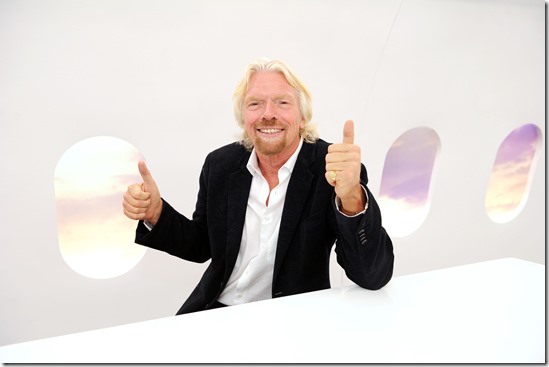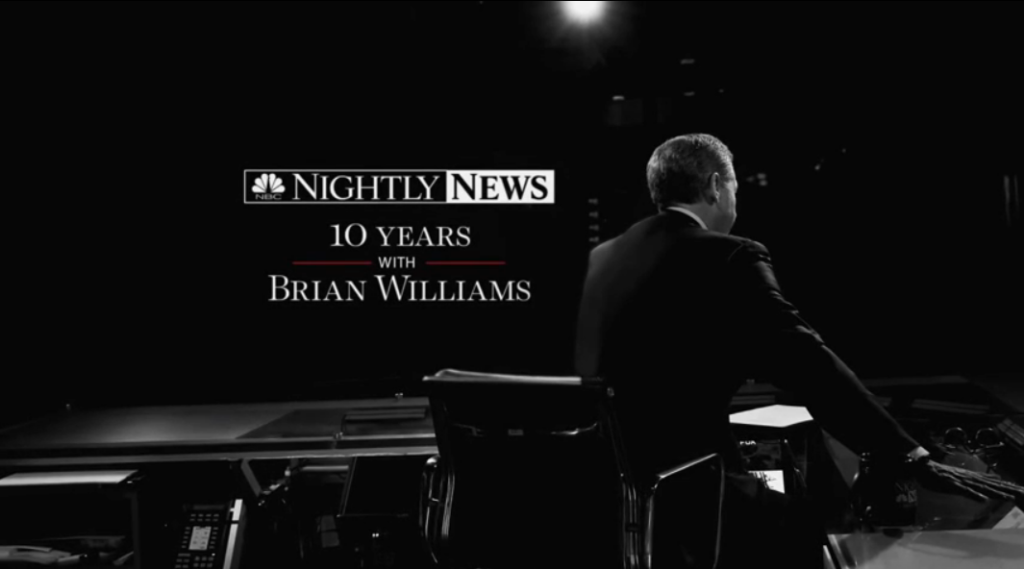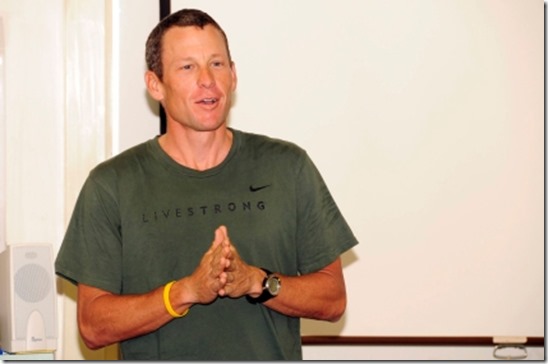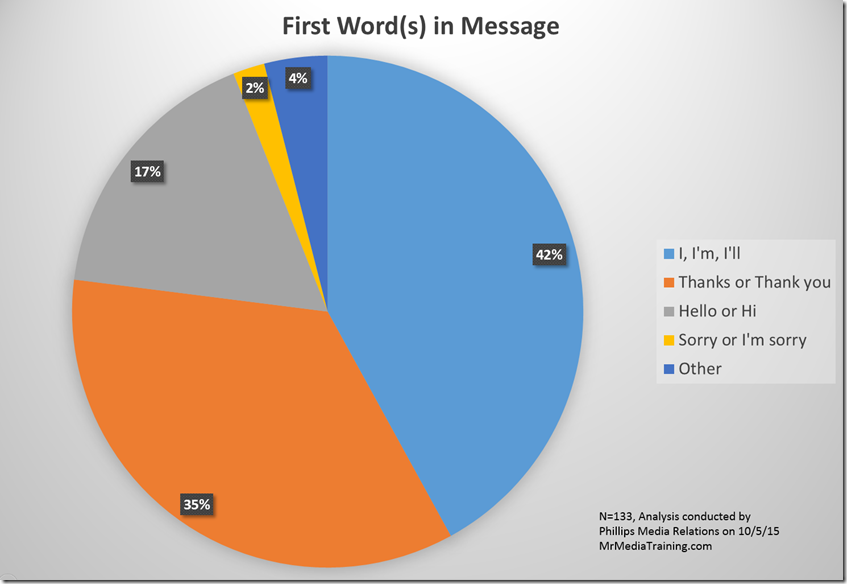Should One Person Really Be The Face Of Your Brand?
 This is a guest post by Ted Flitton, a public relations professional working in the banking industry. He is also the owner of T Communications. He lives in Calgary, Alberta.
This is a guest post by Ted Flitton, a public relations professional working in the banking industry. He is also the owner of T Communications. He lives in Calgary, Alberta.
Many questions have been raised from the Brian Williams fiasco, mostly from the perspective of journalism and corporate ethics.
But there’s a question that’s been mostly overlooked: Is it really a good idea for one person to be the primary public face of a brand, as Brian Williams was for NBC News?
Building a brand around a single face comes with significant benefits—but, as the past week has once again proven, also significant risks.
Williams had a zest for the spotlight, and no doubt his superiors encouraged him to market himself and his newscast. He starred in an advertising campaign commemorating his ratings-winning decade commanding the show. He was a semi-regular on the late night talk show circuit, he made cameos in movies and TV shows, and even granted plenty of interviews to the tiniest of small town newspapers.
Hopefully NBC executives are now plotting ways to build their corporate brand without relying so heavily on a single, fallible human. With Lester Holt firmly in the anchor seat until summer, the execs have time to consider the role they played in setting the NBC brand on fire.
The Perks of a Primary Public Face
Companies big and small have tied their fortunes to high profile names for years, and for good reason. It’s impossible to think about Apple without thinking about Steve Jobs, Virgin without Richard Branson, or, until his death, Wendy’s without founder Dave Thomas.
Dynamic people build corporate brands by:
- Providing a quick template for building brand values, raising consumer awareness, and signaling expected employee behaviors
- Creating excitement and gaining employee buy-in
- Adding star power to employee town hall meetings or community outreach events
The Downsides of Being Too Closely Associated With One Person
As Williams has proven, though, people make disastrous mistakes. Sometimes they go completely rogue. Depending on the scenario, not to mention how the fallout is handled, the downsides of a brand relationship involving a public figure include:
- Tarnishing, if not severely damaging, a brand
- Causing difficulty in separating the rogue person from the brand
- Giving less-contented employees reason to thumb their nose at company culture
- Pushing the company into crisis mode and hijacking priorities
On the last point, the Williams fiasco has consumed a great deal of time for a growing number of NBC executives. In fact, the storm is swirling around the upper tier at NBC Universal. As The Washington Post reports, Williams’s suspension:
“…was the culmination of a long period of internal concerns. NBC officials had been warned for some time about Williams’s exaggerations and self-aggrandizement, the network official said.
People were sending up red flags about a year ago, the official said.
What started out as eye-rolling escalated into genuine concern, but no one took action earlier because the statements that drew attention of staffers were not aired on the news broadcast.”
At the very least, decoupling from a rogue brand face is messy and all-consuming. Brian Stelter’s excellent 2009 New York Times article highlights the massive “Tiger-proofing” campaign Accenture officials immediately launched once golfer Tiger Woods’s serial infidelities were exposed.
Inc. Magazine chronicled the financial and human resources toll cyclist Lance Armstrong’s doping admission took on his charity Livestrong. Doug Ulman, CEO of the charity, openly wrestled for months with the existential knowledge that Armstrong’s deceit was the key ingredient for immense fundraising success.
What companies considering a conscious coupling should do:
- Fully vet the person first. Once finished, vet again
- Consider the tightness of the bond. Ask: “Is this a person who shares some of our values that we can casually reference in speeches or will we implore audiences to “Be a Tiger?”
- Run the tie-in as a campaign with a sunset clause
- (If you proceed) Monitor the person’s behavior and public statements and address problems the moment they surface
- Prepare for the “go-rogue scenario” with a decoupling plan and standby statements and have your spokesperson briefed
Another tactic could include highlighting a team of individuals who espouse noble virtues. Imagine a TV commercial featuring the many faces of NBC journalists including Holt, the flawless Andrea Mitchell, Chuck Todd, and Richard Engel as the words ‘trust’ and ‘integrity’ fade in and out. If one person trips up, the piece can be edited. One rotten apple shouldn’t spoil the bunch. But this tactic isn’t foolproof; just ask the U.S. Postal Service about its sponsorship of the men’s cycling team.
Ted Flitton is a public relations professional working in the banking industry. He is also the owner of T Communications. He lives in Calgary, Alberta.
Don’t miss a thing! Click here to instantly join our mailing list and receive the best of the blog twice each month.




